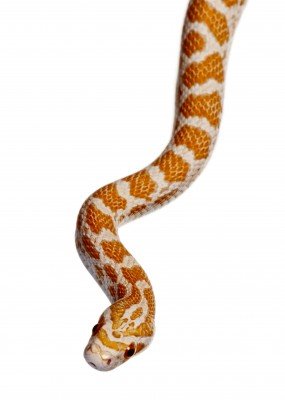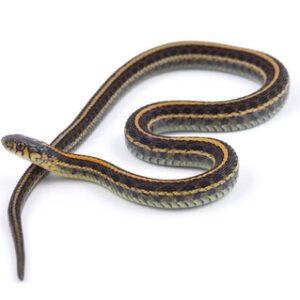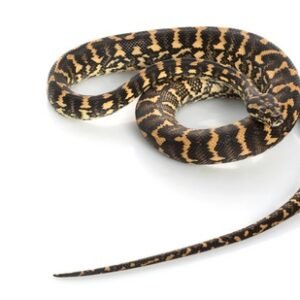Understanding the Crimson Corn Snake: Characteristics and Habitat
The crimson corn snake (Pantherophis guttatus) is a striking species known for its vibrant coloration and distinctive patterns. Primarily, these snakes exhibit a rich reddish-orange hue, accompanied by black borders outlining their saddle-like markings. This not only enhances their aesthetic appeal but also serves as effective camouflage in their natural habitats. An adult crimson corn snake can reach an average length of 4 to 5 feet, although some specimens may grow slightly larger. Their elongated, slender bodies are conducive to their arboreal and terrestrial lifestyles.
In terms of habitat, crimson corn snakes are native to the southeastern regions of the United States, thriving in various environments such as grasslands, pine forests, and woodlands. They show a preference for habitats that offer plenty of cover, such as dense underbrush and rocky outcrops, which provide both camouflaging opportunities and protection from predators. These snakes are particularly adept at navigating through their environments, utilizing their climbing skills to enhance their foraging abilities.
From a behavioral perspective, crimson corn snakes are primarily nocturnal, showing peak activity during the dusk and dawn hours. Their feeding habits are opportunistic; they predominantly consume small mammals, birds, and eggs, often hunting in burrows or around areas rich with rodent activity. Their ability to adapt to different environments, coupled with their needs for specific temperatures and humidity levels, illustrates their versatility as both wild and pet snakes. In captivity, optimal conditions for a crimson corn snake should mimic their natural habitat, with appropriate heat sources and humidity levels to ensure their overall well-being. This understanding of their characteristics and habitat enriches the knowledge required for effective care, whether in the wild or as cherished companions in a home.
Care and Maintenance of Crimson Corn Snakes as Pets
Proper care and maintenance of crimson corn snakes in a home environment are crucial for their health and well-being. Initially, setting up an optimal habitat is paramount. A terrarium that measures at least 20 gallons is advisable for a single snake, with dimensions allowing adequate space for movement. As they grow, larger enclosures should be considered. For substrate choices, aspen bedding or paper towels are excellent options as they allow for easy cleaning and provide an adequate surface for burrowing.
Humidity levels in the terrarium should be maintained between 40% and 60%, which is essential for the snake’s hydration and skin shedding process. Utilizing a hygrometer can help monitor these conditions effectively. Additionally, providing a variation in temperature is vital; a basking spot should be around 85°F, while the cooler end should be maintained at about 75°F. This gradient allows the snake to regulate its body temperature effectively.
Feeding a crimson corn snake typically includes a diet of appropriately sized rodents, such as mice or fuzzy rats. Young snakes may require feeding every 5-7 days, while adults can thrive on a feeding schedule of once every 10-14 days. It is essential to monitor their weight and adjust feeding accordingly to maintain a healthy body condition. Routine health monitoring for signs of stress or illness, such as lack of appetite or lethargy, is critical. Common health issues include respiratory infections and mites, which necessitate prompt veterinary attention.
Handling techniques should be gentle and measured, allowing your snake to acclimate to human interaction at its own pace. This practice not only fosters a bond between the snake and its owner but also helps minimize stress. Additionally, enriching the habitat with various hiding spots and climbing structures promotes an active and engaged lifestyle for the crimson corn snake. Regular maintenance of their environment and attentive care will ultimately contribute to a happy and healthy companion.





